Sony Alpha A7 Family – Which One To Choose? A7 (ILCE-7) vs A7M II (ILCE-7M II) vs A7r (ILCE-7R) vs A7s (ILCE-7s).
AF speed comparison
To finish this review, we were trying to compare AF systems. This was very ambitious task and we had to develop new routines in order to make useful comparisons.
Disclaimer:
We were using only one lens for those tests – Sony FE 70-200 f/4 G OSS and only at its maximum FL of 200mm, so absolute figures are rather irrelevant in terms of comparison with official Sony AF speed data. Our intention was to see how cameras differ in AF speed, accuracy and possible hunting in low light, when used in real life situation. (Of course we needed to find the way to control this “real life” conditions to the extent to make comparison useful).
Many more tests would be necessary to evaluate full potential (and discover all caveats) of the Sony AF systems, which differ between those cameras from CDAF only (Sony A7R and A7S) to hybrid – combining contrast and phase detection (Sony A7 and A7M II).
Continuous AF and subject tracking were not tested at all. We did few tests of subject tracking and AF-C in the past, using “4D” Hybrid AF of Sony A6000, but results were very inconsistent and while we are working on new methodology to put those AF tests together, I am afraid that without dedicated project backup (financial and time wise), we won’t make any breakthrough soon.
Following tests are thus supposed to give you just an rough idea of what you can expect in similar situation and settings with those 4 cameras and how they differed between each other.
1.st AF Test – Full focus throw
In this test we focused cameras close to the lens minimum focus distance (at 200mm), where high contrast target was placed. Using DMF focus mode, we moved focus to infinity and finally half pressed shutter once again to initiate full focus throw of FE 70-200 f/4 G OSS at 200mm (from infinity to mfd).
We repeated this test several times using different focus area setting, but we couldn’t find many variation, so we’ll present you “Wide” focus area only. Out of 10 full focus efforts with each camera (at wide angle area), we selected one shot, closest to the average time for enclosed video. With this set-up and solid lighting conditions (daylight, overcast), all 4 cameras were rather consistent in focusing, varying to max 0,06s between the efforts.
Focus accuracy was also very good, and we can’t see any field relevant deviation that would worth mentioning (slight differences in per pixel sharpness can be seen, but they are very small and could be related to other factors).
Camera and lens (as in all other tests here) were fixed on a special heavy duty Gitzo Systematic tripod and we were using custom made counterweight for Sony A7R to minimize effect of shutter shock.
Here is our target and indication of available light
We obtained following results:
| Camera | Time |
| Sony A7MII | 0,68s |
| Sony A7S | 0,72s |
| Sony A7 | 0,78s |
| Sony A7R | 0,84s |
In our opinion, all 4 cameras performed well and as expected. Sony A7M II was fastest of the 4, with A7S and A7M II just a tad slower, while A7R was slowest. In reality, those differences could have effect if continuous mode would be tested, but for Single shot AF, they shouldn’t make big difference. However, in a single shot mode, Sony A7R needs much longer time to get ready for the next shot (larger files), and A7S is fastest in this regard, and this might cause loss of the right moment in certain situations.
2nd. AF Test – Refocusing at 15M distance
The idea of this test was to see how much it takes cameras to refocus from the distance of approx. 20M to the distance of 5M and back. This kind of refocusing might occur when camera is in wide or zone focus area, and it decide to refocus from the object that is close to us to the object that is distant and back. (Imagine soccer game and switch of action from back to front and back again).
Following test is simulation of this behavior and we used video editing tools to measure the time. Reason for that is simple – we weren’t able to control camera AF algorithm responsible for refocusing decision, so we needed to simulate it using two focus attempts and bringing them together in the edit room. To make the test more accurate we placed two high contrast targets at the distance of 15M from each other and performed the test as following:
a) We set Flexible (Medium) spot on the distant target and acquired focus.
b) We moved the flexible focus to the close range target and started to record video.
c) We half pressed the shutter to let the camera refocus to the close range target.
d) We moved flexible spot focus to the distant target and half press the shutter to let the camera refocus.
e) We cut both sequences bringing them together using green square box confirmation and time code to measure whole (joint) process.
Here are our two targets for better orientation
We obtained following results:
| Camera | Time |
| Sony A7MII | 0,76s |
| Sony A7 | 0,76s |
| Sony A7S | 0,80s |
| Sony A7R | 1s |
Please don’t consider those results relevant in terms of absolute numbers. We are just trying to show how cameras differ in AF speed and accuracy. We can see, that Sony A7 and A7M II are slightly ahead of A7S, but Sony A7R stands clearly behind in this case (approx. 25% slower)
3rd. AF Test – Low Light
We finally moved to the studio to try AF in low light conditions.
You can try to emulate how much light we had, if you set your camera to 1/100s, f/4 and 5000 ISO. You should obtain something like this:
(You can also put your ISO three stop lower to 1280 ISO and it should be almost dark on LCD (when exposure effect is set to ON)
Just to give you the idea about light level.
This time we will show you 4 attempts using 3 slightly different focus settings for each camera separately.
1.st – Flexible spot area, placed at dolls eye
2nd. Wide AF area
3.rd Wide AF area with AF Illuminator set to Auto
In order to keep those tests comparable we let the same shutter speed (as on day session), but we also let the camera to correct aperture of needed to normalize for EV. (We already wrote about differences in EV at same settings) Camera were usually using f/4.5 with very few exceptions at f/4.
At the end of each sequence, we measured average time that will be shown later in the table. Take a look please at the time code window in the image that indicates time measured for each attempt.
Sony A7
Sony A7 MII
Sony A7S
Sony A7R
| Camera | Flexible Spot (Average Time) | Wide AF Area (Average Time) | Wide AF Area, AF Illuminator ON (average Time) | Average Total |
| Sony A7S | 0,61s | 0,63s | 0,60s | 0,61s |
| Sony A7 MII | 0,80s | 0,95s | 0,88s | 0,88s |
| Sony A7 | 1,06s | 1,12s | 1,10s | 1,09s |
| Sony A7R | 1,32s | 1,21s | 1,24s | 1,26s |
What we conclude about AF speed out of those tests?
- In the day light, cameras with hybrid AF (phase detection + contrast detection) A7 MII and A7, are able to lock focus slightly faster than A7S and notable faster then A7R.
- In the low light, advantage of phase detection is neglected and Sony A7S shows its strength, leaving A7 and A7M II behind. Sony A7R in low light is very slow.
- All four cameras had shown very good accuracy in all situations. This relates to our specific conditions and AF-S mode.
- We can’t really say, that one or other AF area mode or usage of AF Illuminator support, had any significant effect in our measurement. Slight differences could be observed from the table above though, so you might consider them as indication of suggested settings in similar conditions.
Butterfly test:
We can keep testing those cameras all day long, but we would never be able to cover all possible aspects of use.
My colleagues who helped me with the testing, are all great photographers, but none of them is using mirror less bodies for their regular work.Therefore I wanted to include one subjective test, based on a specific assignment, just to see which camera I would like most for that particular task.
While I am also not using mirror less cameras for my paid projects, I do shot often with Sony A7 either for the purpose of verybiglobo blog or for myself. This makes me familiar with most of the settings and specifics related to those cameras (but I admit that there are much more experienced users of those bodies, as well as much more talented photographers then I would ever be).
Because there were so called “butterfly time” in our local botanical garden, I took all four cameras there, planning to spend equal time with each and see which one was most pleasing to work with and which one captured most keepers.
I used two lenses – Sony FE 70-200 f/4 G OSS and Minolta AF 100mm f/2,8 Macro (with LA-EA4).I tried to benefit from the strongest selling points of each camera during this test. (Sony A7S will let me shot at highest ISO without much noise penalty, Sony A7R will allow me to shot from larger distances, so I could stay further from butterflies or even using fence or other support to stabilize myself, Sony A7 M II si supposed to have 5 axis stabilization which should show its strength especially at close distances, Sony A7 is the camera that I use the most and know best).
This little table bellow shows result in absolute figures, after spending 45 minutes with each camera, combining two lenses randomly:
| Camera | Sony A7S | Sony A7R | Sony A7M II | Sony A7 |
| Total shots taken | 78 | 64 | 128 | 86 |
| Acceptable focus | 28 | 21 | 64 | 32 |
| Critical focus | 8 | 2 | 36 | 17 |
| Keepers (artistic value :-)) | 1 | x | 3 | x |
As being written above, this is subjective test at very specific conditions and your results might (and will) vary.
It was crowded on location and very hot and I wasn’t in the best mood for the task, so that certainly took its part on lower keepers rate than I would expect.
The very last column (shots that I kind of liked) is influenced significantly with used lens. I liked much more Minolta 100/2.8 Macro outputs than Sony FE 70-200 f/4 G OSS which is to be expected, and thus in body image stabilization of Sony A7 M II helped a lot. I also used Sony A7 M II as the first camera to walk around, and fresh inspiration helped to discover more original angles and POV.
At the end, I enjoyed working with Sony A7 MII for this type of shooting most, followed by Sony A7 and A7S. But the image that I liked most (image of the day 🙂 was captured with Sony A7S.
I can’t really comment on Sony A7R, because I again experienced very inconsistent output, probably affected with shutter shock induced blur, or my wrong selection of shutter speed/aperture combination.
Bellow are 4 representative shots from each cameras:
Sony A7 MII
Sony A7S
Sony A7R
Sony A7
At the beginning of this article, we weren’t sure what we want to find out, testing all 4 Sony FF mirror less cameras, recently available on the market. (BTW there is an important announcement coming shortly as far as we were informed. Best source to follow news about Sony is Sonyalpharumors site – http://www.sonyalpharumors.com/ We appreciate all hard work that Andreas put in it.)
Many would expect to see some kind of ranking, score, winners and losers, but in reality all four Sony cameras are very good, and most importantly all of them have their strong and weak sides.
This article should therefore give an basic guide for consideration which type of camera would work best for different shooting scenarios and we won’t give any prizes for winners nor blame for losers.
Sony A7
This camera was the first (together with A7R) affordable FF mirror less camera on the market and it comes slowly to the end of its life cycle. However, this also means that you can find it now for very good prices, and that makes it best bang for the buck in the overall FF world recently.
This is great multi purpose camera and when you learn to live with its biggest caveats (sensor reflection, lossy RAW compression, no protection sealing of any kind, slow initiating from power off, short battery life, problematic AF for fast moving subjects and somewhat less convincing build quality than its peers – plastic front panel and mount spacer) it will reward you with outstanding IQ up to the ISO 3200, small and light body, lot of fun with using almost any lens ever made with appropriate adapter and as already mentioned – affordable price.
Most of those shortcomings listed above, can be worked around to certain extent – you can avoid direct light sources in the night scenes, you can carry more batteries (they are quite small), you can learn to put its focus abilities to its best (at the end of the day, it’s not so long ago when this level of AF would be considered as a miracle), lossy compression will stay probably unnoticed by vast majority of users etc.
We would recommend Sony A7 to anyone who wants to try FF, wants to try mirror less or is looking for a great back-up camera for landscape, travel or portrait photography.
Sony A7M II
Without a doubt, Sony A7 MII is in our opinion most versatile Sony A7 type camera recently. While resulting image quality is almost same as with cheaper Sony A7, it brings many improvements above its predecessor. In body image stabilization (IBIS) is great acquisition, especially for legacy lens lovers, but also for two remarkable lenses from Sony native E line – FE 35/2.8 ZA (I don’t really like this lens because of its significant vignetting, but it is modern, very sharp lens that rightfully has many proud owners), and Sony FE 55/1.8 ZA.
At the price of a larger form (and slightly heavier weight), ergonomics were improved (at least in our opinion) with larger grip and shutter placed at more convenient position. Additional customizable button is also valuable.
Possibility to transfer live view image, when using tethered shooting from computer is another great improvement for many.
There are several other small improvements such as reduced sensor reflection, improved AF in low light, advanced features for video shooters, and many other for the still reasonable price in comparison to FF DSLRs.
We would recommend Sony A7M II to anyone who loves to shot with manual and legacy lenses, for family, holiday, multi-purpose photography, for hand held macro shooting (it should be great with the Sony Macro 90/2.8 lens which we unfortunately couldn’t get for testing yet) and even for studio work.
Sony A7S
It has great tactile feeling in hands, with cold magnesium body, all metal mount, metal control wheels and classy blue “S” in the name 🙂 Its super sensitive sensor is at the same time main advantage and main disadvantage, depending from which side you look at it.
At only 12 Mpx, it is more than enough for 4K video, but not really enough for landscape or wildlife photography at recent standards. We don’t consider its low resolution to be limiting for most uses however, especially if you don’t need to crop by much, or you don’t need to print big. On the other hand, we also don’t see much benefit of its super sensitive sensor up to 6400 and more.
If you need to shot at higher ISOs, Sony A7S becomes clear recommendation and with stabilized lens such as Sony FE 70-200 f/4 G OSS or 16-70 f/4 OSS ZA, it opens new shooting possibilities in situations where most other photographers would rather go to the pub for beer or two (if they find their way in the dark). (With such a Mitakon 50/0,95, Sony A7S become night visor, that can capture things that you can’t even see with bare eye).
We shouldn’t forget to mention one of the biggest feature of Sony A7S – silent shutter. That is amazing feature for many situation where shutter sound will disturb your surrounding. (One of my colleagues works as feature film official photographer and he has to build sophisticated and clumsy sound blimp for its Canon, in order to be able to shot during filming. When he asked me about new cameras that I can recommend, Sony A7S was first to mention. Not that he will switch soon, there are many issues to be solved, especially in AF department, but the future looks bright…)
We would recommend Sony A7S to videographers who still wants to make a still shot or two, for experienced photographers who are shooting often in low light conditions or need silent operation. Great for event/party photographers (night concerts e.g.), certainly worth considering for wedding photographers at least as a second body, and in my opinion, great street photography camera.
It is also good proposition for astro-photography (with proper modification) if the resolution is not limiting factor.
Sony A7R
Dr. Jekyll and Mr. Hyde. That is in short our opinion about this Sony A7 camera.
We feel that from the beginning it was most compromised mirrorless camera introduced by Sony, all in an effort to bring the ultimate IQ machine to the market. Sensor itself is still one of the best recently and it compares favorable with its Nikon peer in D800E in most of the tests that I performed over years.
However, shutter shock issue can induce the blur in resulting images and neglect the advantage of high resolution.
This is typical for Sony A7R – there is lot of good but something that puts it back at the same time…
High resolution but possible shutter shock and possible issues with lossy RAW compression (not that your every image will suffer from both, far from that, but especially shutter shock is something that most users will experience, would they want to admit it or not).
– Great build quality but lens mount with plastic spacer and no signs of any kind of environmental sealing.
– Sophisticated AF functions, but overall rather slow performer.
– Superb for landscape (in theory) but problematic corner performance with many UWA lenses.
We still believe that Sony A7R deserves your attention though. In right hands with a bit of patience, it will give you best IQ not only within Sony A7 family but within most recently available FF cameras (that will most probably soon change with higher resolution sensors announced by Canon and to be announced by.. :-))
We would recommend Sony A7R to experienced photographers, mainly for static subjects such as landscape or astro-photography. It works well with Sony FE 16-35 f/4 OSS ZA lens for those purposes.
It can serve also as a great studio camera for table top or product photography, (even if used rather as digital back for multi-exposures). We can’t recommend Sony A7R for casual photographers who are looking for multi purpose camera to capture their kids, pats and other family members. To be fair, it was probably never meant to be used that way and that’s why Sony has many models available.
It took as lot of work and time to put this review together, so we hope that you’ll find it useful. While new Sony A7 cameras are around the corner, we still believe that this little comparable article could remain attractive for many, because some sort of target group segmentation will remain.
(If you have any questions related to those 4 cameras, please use our forum to post them. Forum engine is better suited for longer discussions and it gives possibility to embed images if needed. It can also keep more replies than comments section. You can find related forum link here – http://www.verybiglobo.com/forums/topic/sony-alpha-a7-family-which-one-to-choose/)
To help this page survive, your donation will be highly appreciated.
Please consider to help VERYBIGLOBO to bring more reviews, by using these affiliate links to buy anything from your favorite seller. It won’t cost you single penny, but we should receive small contribution from the seller. Thank you in advance.
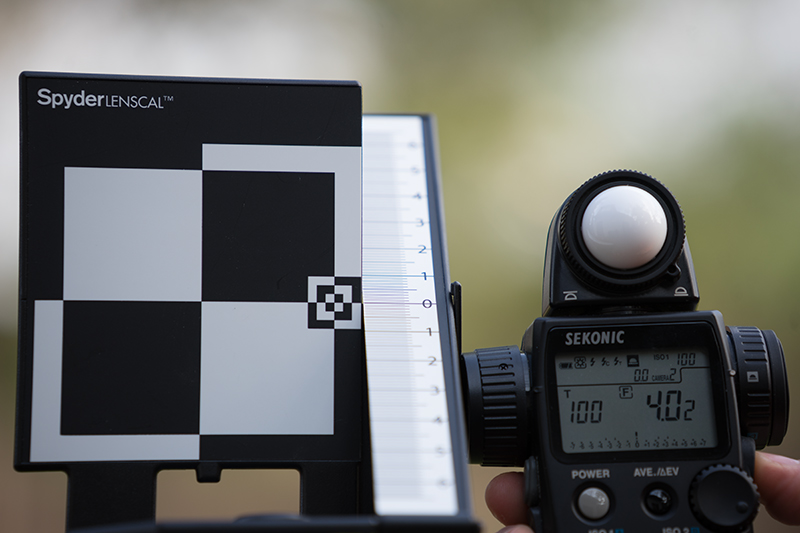
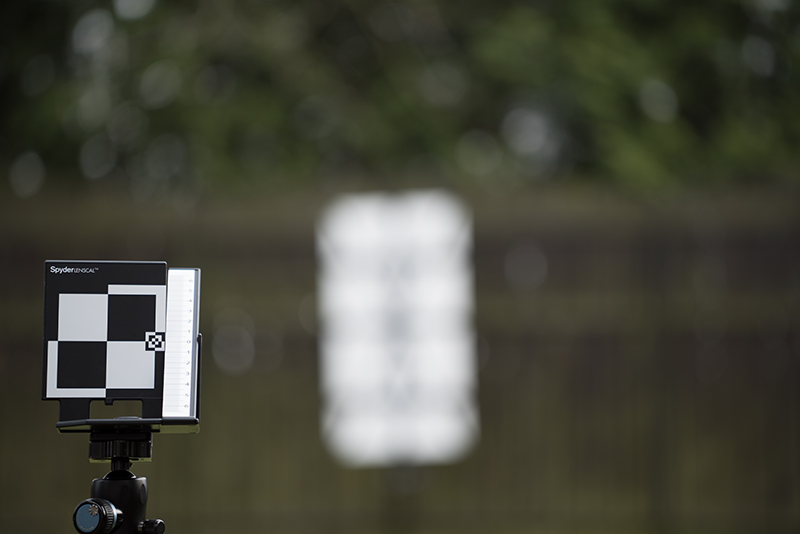
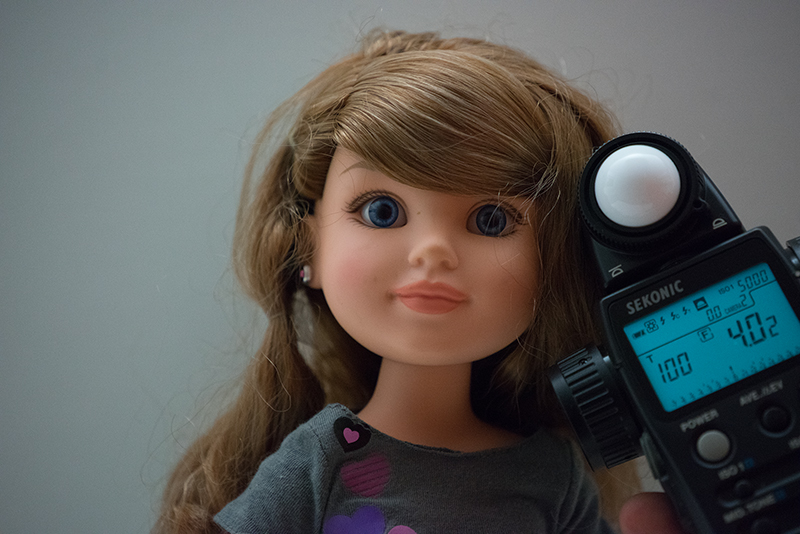
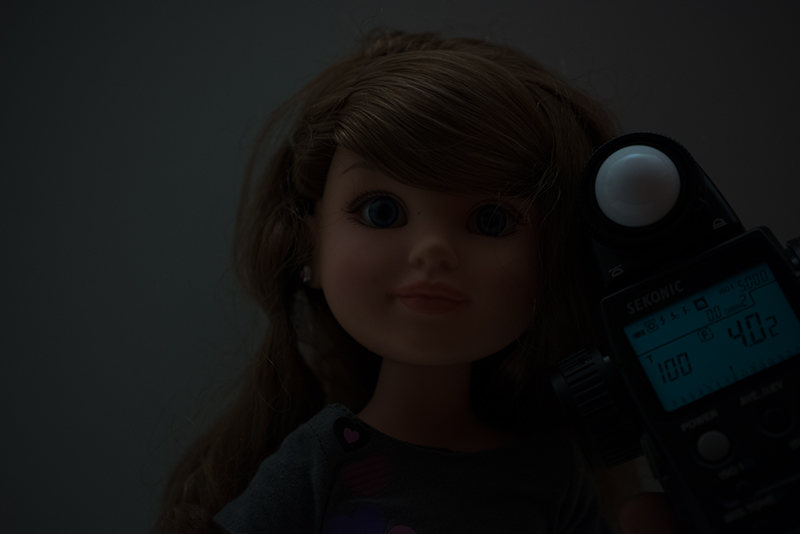
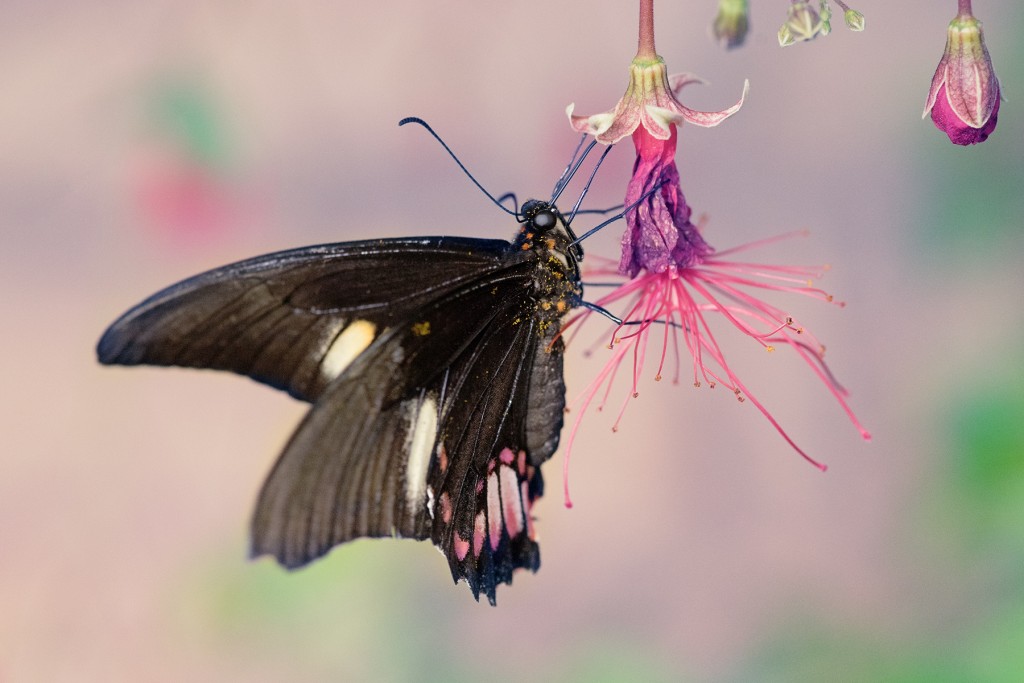
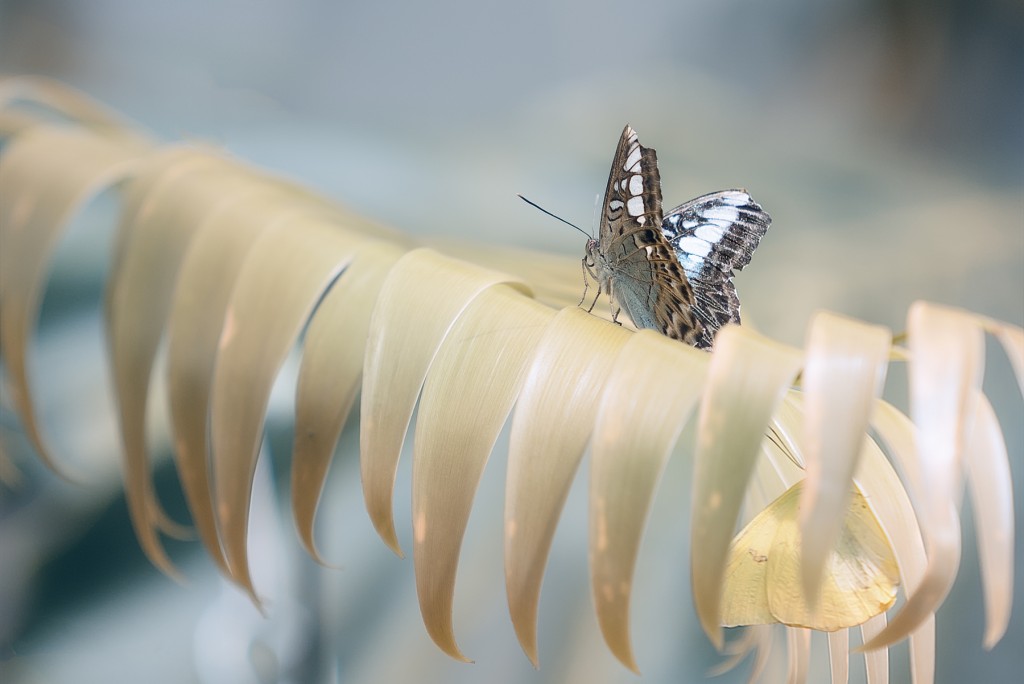
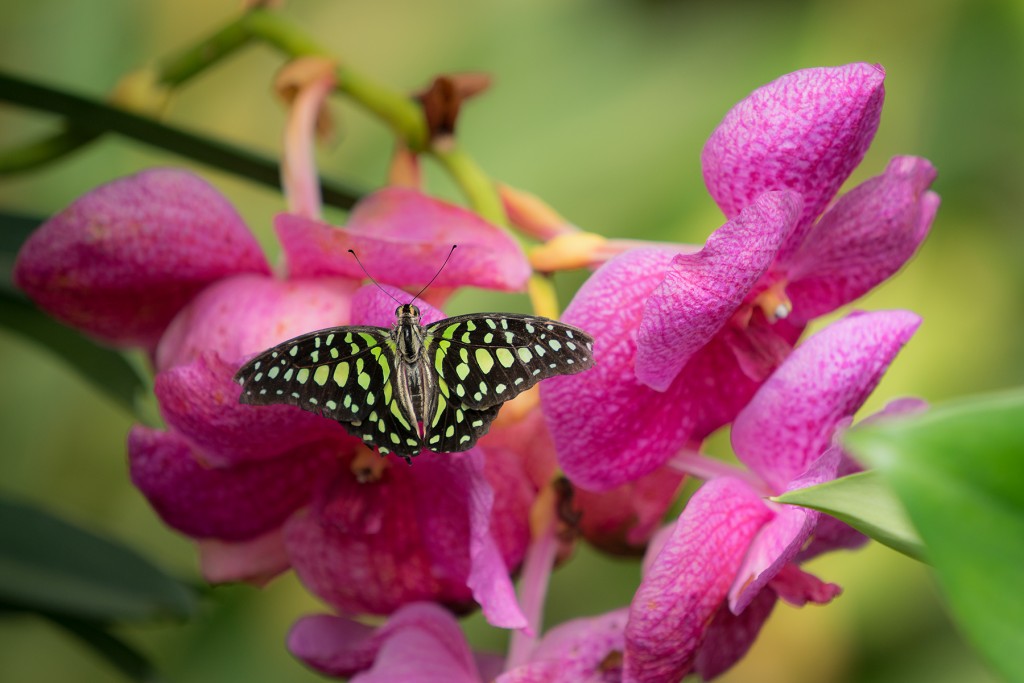
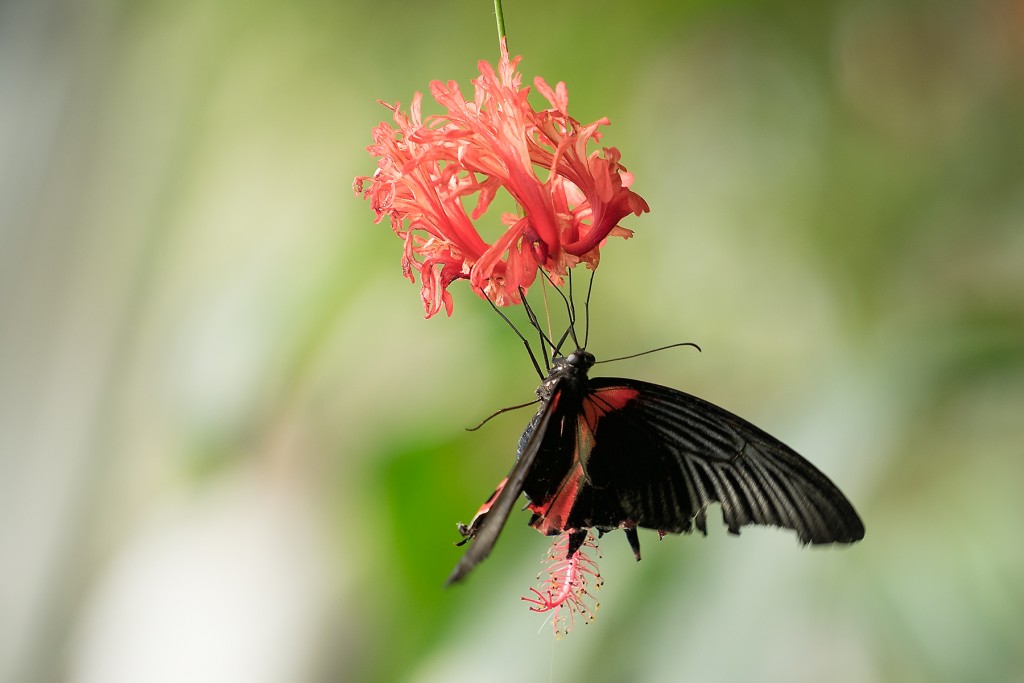
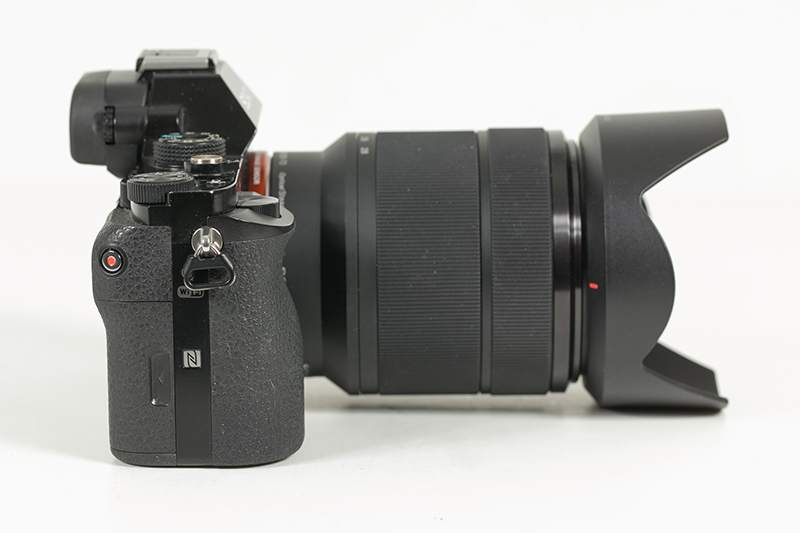
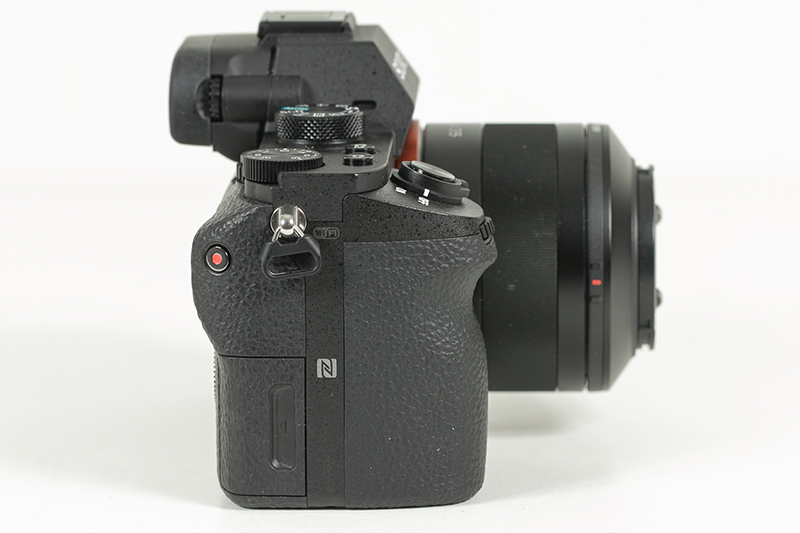
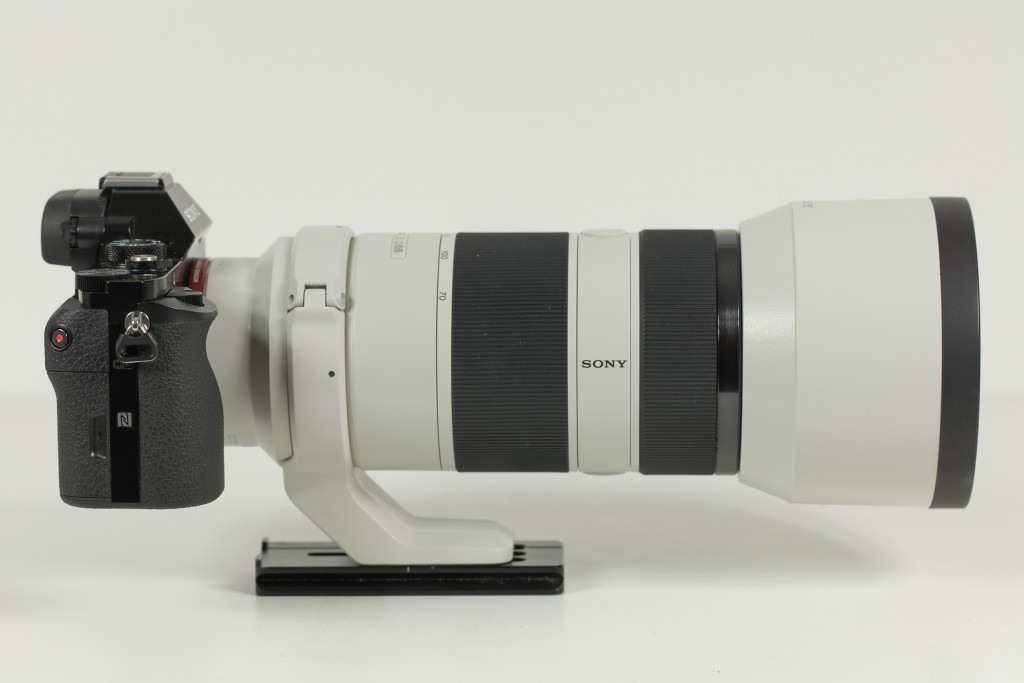
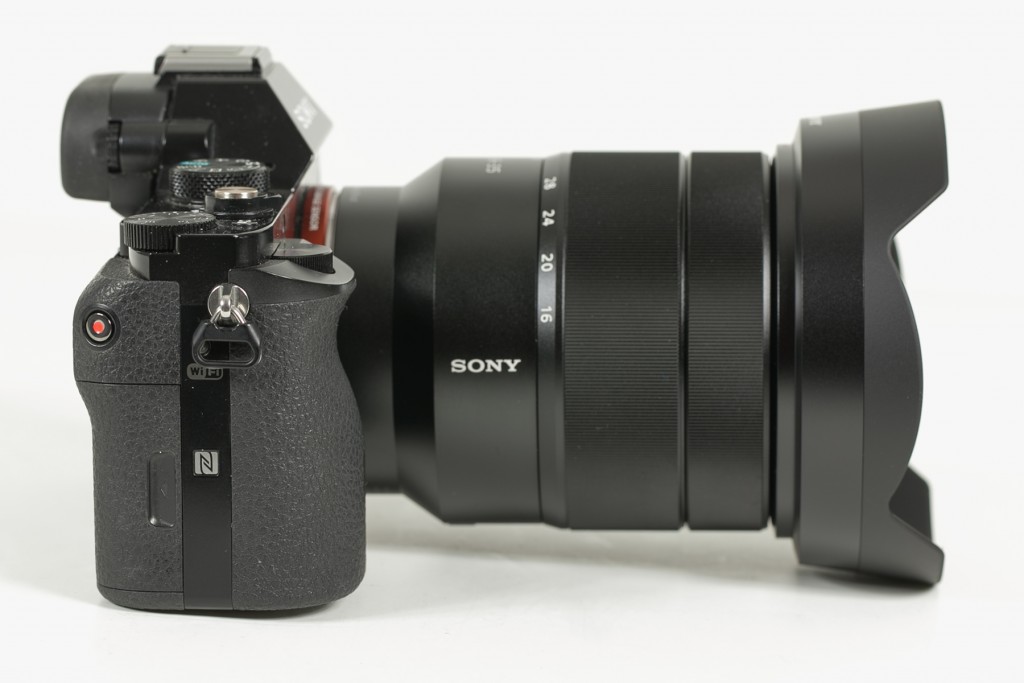
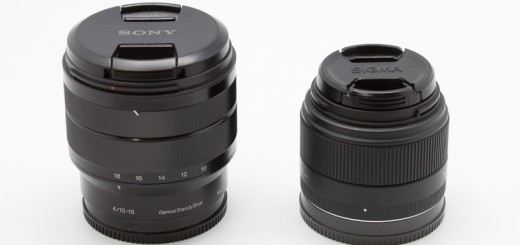
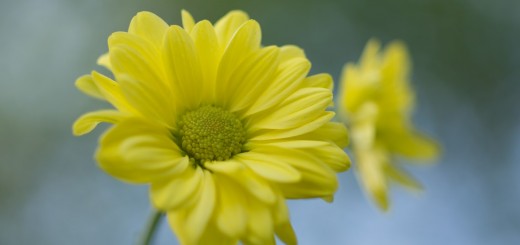
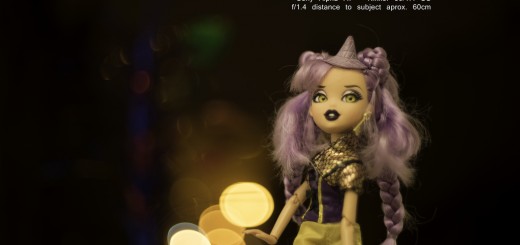
Nice opening review.
“In the next chapter we will take a closer look at one of the key differences between those 4 cameras – resolution and what it means in a real life.”
Based on your prior discussions, I trust that “real life” experience in wrestling with wide angle lens issues on the A7r have led you to favor the 24mp and 12 mp models. I look at the 41×51 cm prints on my wall made from my 6mp Nikon D70, and I am glad I didn’t buy into the 36mp problems with an A7r.
Because (as you know) I shoot a lot of manual lenses, the A7MII is still beckoning – but since most of my shooting is with wide angles, and I practice low-speed shooting constantly (daily), I have not felt a burning urge to buy now.
Thanks as usual for your truly excellent blog!
Mel
Thanks Mel for stopping by and for your kind words. Resolution will go above 36 Mpx very soon 🙂 Who really needs it? Gear heads for sure, but for most, even 12 Mpx was planty. What are we doing today with our images, that we need massive files to cope with?
The only real benefit of higher resolution is cropping ability if needed…
Cheers,
Viktor
hello !
thank you for this test.
I have an A6000 with a Sony Zeiss 24mm . For a 2nd ( or 1st) body, and my theater shoots, I was hesitating between a A7 and A7R… probably A7 and Sygma lens would be enough.
Thanks !!
Thanks Franck, I am glad if the article helped you a bit. I have also A6000 and love this little camera.
Cheers,
Viktor
Hi,
Just watch your testing video, how could you change Focus Point place so fast ?
Hi Jimmy,
I guess it’s practice… I operate multicontroller with my right hand thumb and I probably trained it well, something like those kids, typing Facebook posts on the smartphones.
Cheers,
Viktor